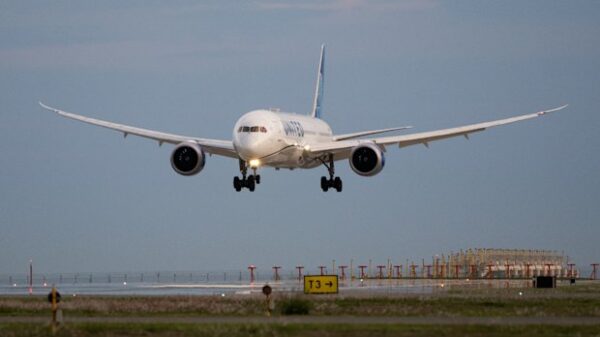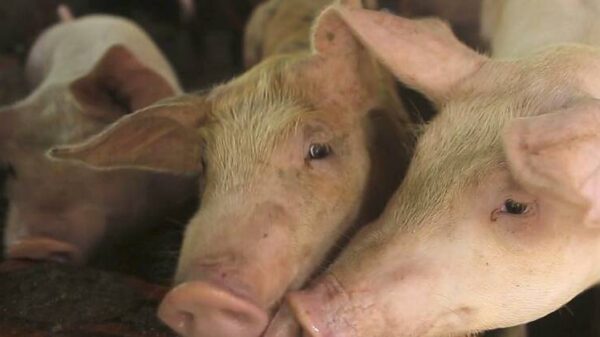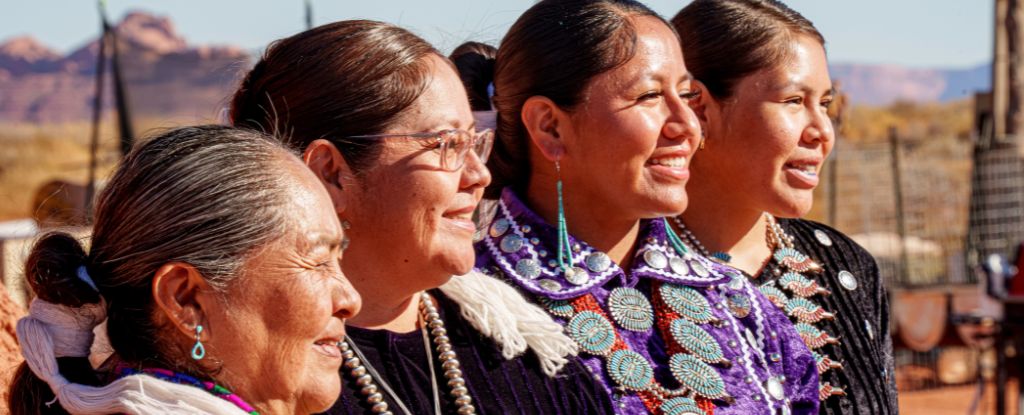Research has revealed that a genetic variant inherited from the extinct Denisovans may have significantly aided the survival of modern humans in the Americas. This finding sheds light on the complex interbreeding events that occurred between different hominin species. A team led by evolutionary biologist Emilia Huerta-Sáchez from Brown University in the United States conducted a detailed analysis of ancient and contemporary DNA, uncovering how this genetic trait contributed to the adaptation of early human populations.
The focus of the study is the MUC19 region of the human genome, which codes for a mucin protein involved in the formation of mucus. Mucus plays a crucial role in protecting and lubricating various bodily systems. While all humans possess MUC19 genes, individuals with Indigenous American ancestry are more likely to carry a specific variant linked to the Denisovans. This variant appears to have followed a unique evolutionary path, surviving across generations and species.
Huerta-Sáchez and her colleagues found that the Denisovan DNA did not transfer directly into modern humans. Instead, it passed through a series of introgression events involving Neanderthals before reaching Homo sapiens. The authors stated, “Our results point to a complex pattern of multiple introgression events, from Denisovans to Neanderthals and Neanderthals to modern humans, which may have later played a distinct role in the evolutionary history of Indigenous American populations.”
This genetic connection explains how a gene associated with ancient humans from regions like Tibet and Siberia found its way into the genomes of people living thousands of miles away. Researchers identified the Denisovan DNA at high frequencies among the remains of 23 ancient Indigenous American individuals excavated from archaeological sites in Alaska, California, and Mexico. These remains pre-date European and African arrivals on the continent.
The study utilized data from the 1,000 Genomes Project, which surveys global human genetic variation. Findings indicate that contemporary Latino Indigenous Americans also exhibit this signature Denisovan gene at notable frequencies. Further statistical analysis revealed a significant expansion of repeated sequences within the MUC19 region as early humans migrated into North America. The authors noted that this expansion “effectively doubles the functional domain of this mucin, indicating an adaptive role driven by environmental pressures particular to the Americas.”
The increase in repeated sequences occurs in a region critical for the protein’s sugar-binding capability, resulting in a stickier mucin glycoprotein. This stickiness likely provided a survival advantage in a new and diverse environment. While the specific benefits of this adaptation are still being explored, the researchers suggest that variations in other mucin genes, such as MUC7, demonstrate different microbial-binding properties essential for host-microbe interactions.
Huerta-Sáchez remarked, “Something about this gene was clearly useful for these populations – and maybe still is or will be in the future.” The hope is that this research will stimulate further investigations into the functional roles of this gene and its implications for health and adaptation.
The study’s findings were published in the journal Science, expanding our understanding of human evolution and the significant role of ancient genetic contributions in shaping modern populations.































































